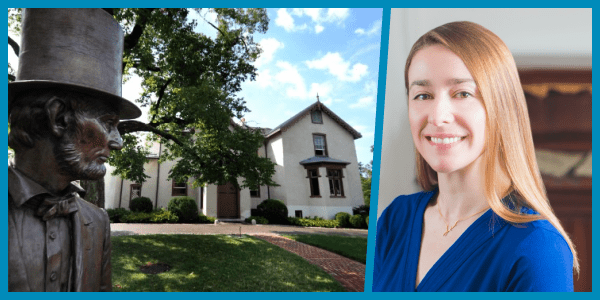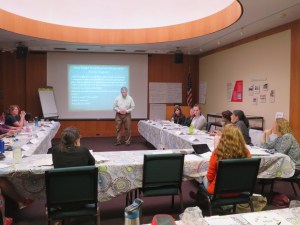
Today I’m teaching my third class of the semester on museum management and we are discussing mission, vision, and values. I assign each student a museum as their case study for the topics we explore through the course, which is brought together in an organizational assessment based on MAP as the final project.
Because mission, vision, and values are the foundations for managerial decision-making in non-profit organizations, they are a good place to start the semester because it will affect their thinking throughout the course. As part of our readings, we draw from chapters in Reinventing the Museum: The Evolving Conversation on the Paradigm Shift, Second Edition edited by Gail Anderson; What Management Is by Joan Magretta; Mission Matters: Relevance and Museums in the 21st Century by Gail Anderson; and the AAM’s Standards. Erin Carlson Mast, president and CEO of the Lincoln Presidential Foundation, joined us last week to discuss how the Foundation and President Lincoln’s Cottage developed their mission statements and how they affected their thinking.
Continue reading



